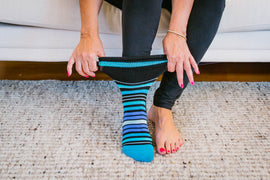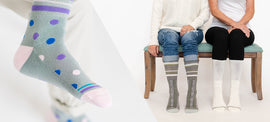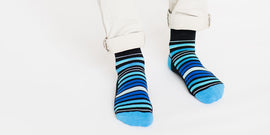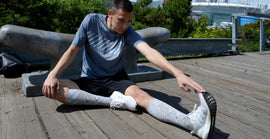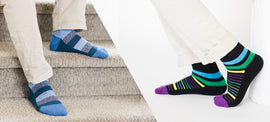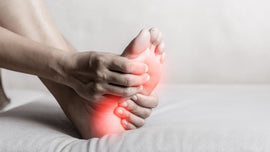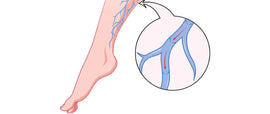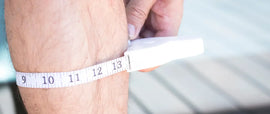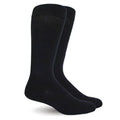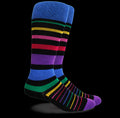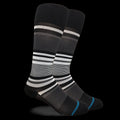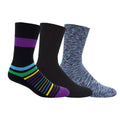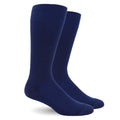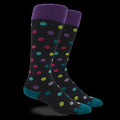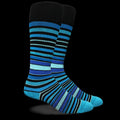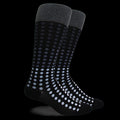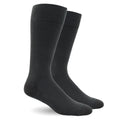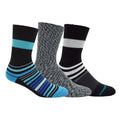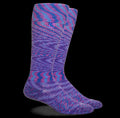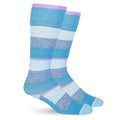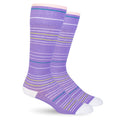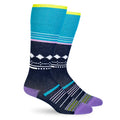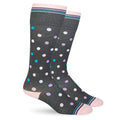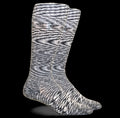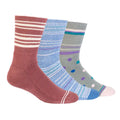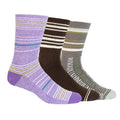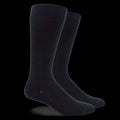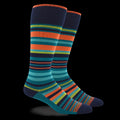What is Edema?
Posted by KELSEA FRANZKE
WHAT IS EDEMA?
Edema is the medical term for “swelling”, and many people experience it on a daily basis. Edema is caused by excess fluid being trapped in your body’s tissue, and occurs most often in the legs, ankles and feet. While it most often occurs in the lower extremities, it can also occur in other parts of the body such as the hands, face and abdomen.
WHAT CAUSES EDEMA?
Edema occurs when capillaries (small blood vessels in your body) leak fluid. This fluid then builds up in surrounding tissues throughout the body and leads to swelling.
For most people, Edema can occur simply as a result of gravity. When you sit or stand in one place for too long, water naturally gets pulled down into your feet and legs. For others, Edema may be a result of medication or an underlying disease such as heart failure, chronic insufficiency, lung, liver, kidney and thyroid diseases.
Pregnancy can also lead to Edema, as the uterus puts pressure on the blood vessels in the lower part of the body, leading to swelling in the legs and feet.
WHAT ARE THE SYMPTOMS OF EDEMA?
Signs that you may be experiencing Edema include:
1) Swelling in the affected area
2) Discomfort and trouble when walking due to swollen legs
3) The skin over the swollen area appears shiny and stretched
4) Gently pressing on the swollen area with one finger for a few seconds, then removing the finger and having a dimple left in the skin
If Edema is left untreated, it can cause various complications including:
1) Increasingly painful swelling
2) Difficulty walking
3) Stiffness
4) Itchy and uncomfortable skin that results from being stretched
5) Increased risk of infection in the swollen area
6) Scarring between layers of tissue
7) Decreased blood circulation
8) Decreased elasticity of arteries, veins, joints and muscles
9) Increased risk of skin ulcers
HOW TO TREAT EDEMA
Fortunately, there are multiple ways that you can treat Edema. Here are 5 easy ways to address symptoms of Edema:
1) Elevate your legs
Try putting a pillow beneath your legs when you’re sitting or lying down for long periods of time. By keeping your legs elevated above the level of your heart it will prevent blood from pooling in your legs and feet.
2) Wear Compression Socks
Wearing compression socks are very helpful in treating Edema. For mild swelling, wear Dr. Segal's Everyday Compression Socks (15-20 mmHg) to relieve achy and swollen legs and feet.
For those needing a little extra compression to help deal with moderate swelling, try Dr. Segal’s Medical Compression Socks (20-30 mmHg) for effective support to help avoid complications associated with Edema.
3) Reduce your salt intake
Salt can increase fluid retention and negatively impact Edema. Speak to your physician about limiting your salt consumption.
4) Get up and move
Avoid sitting for long periods of time. Moving your body and using your muscles in the parts of your body impacted by Edema can help pump the excess fluid back toward your heart.
5) Protect your skin
Dry cracked skin resulting from Edema is more prone to cuts and infection. Keep the affected area moisturized, clean and clear of all injuries. Always protect the areas of your body impacted by Edema.
Always speak with your physician first about your health and the best treatment options for you.
Sources:
- https://myclevelandclinic.org
TAGS:
SHARE:




